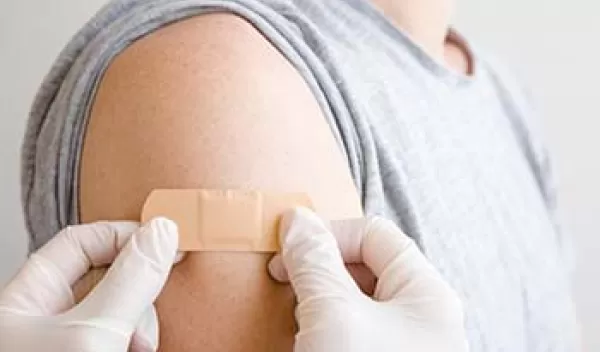
Sustainable adhesives of the future won't stick around
One particularly important job that plastics perform every day is to make things adhere to a variety of surfaces -- like the way sticky parts work on Post-it notes, Scotch tape, or even Band-Aids. A team of National Science Foundation-supported researchers at Boston University, led by Mark Grinstaff, is working to find eco-friendly alternatives to plastics. They set out to design an adhesive with sticking power but not staying power -- a biodegradable material made of entirely naturally derived chemical components that break down after use.
After two years of experimentation, Grinstaff's team recently unveiled an alternative adhesive in a paper published in Nature Communication. The team says the adhesive's formula easily adapts to suit a wide range of industrial and medical applications that benefit from sticky materials.
"We are replacing current materials that are not degradable with something better for the environment while still maintaining the properties we expect from a performance standpoint," says Grinstaff.
"We wanted to mimic the plastic binders in paints that make them stick to the wall," explains Anjeza Beharaj, a researcher on the team.
Grinstaff and Beharaj estimate that their adhesive will take a year or less to fully break down in the environment, unlike plastic which will pollute landfills for hundreds of years. (Consider for a moment that every Band-Aid and piece of duct tape you've ever thrown away is still sitting in a garbage pile somewhere!)
The naturally derived and biodegradable materials are completely safe to use on or in the human body, according to Beharaj. The adhesives could potentially replace metal used in surgeries to hold bone together, making some surgical procedures less invasive. They could also be used on the surface of skin to protect cuts, scrapes, wounds, or post-surgical incisions.
With such a huge array of possibilities, the next step is to find the best way to use and market the adhesives.
"The question right now is finding the best application, and we'll start by learning what the needs are from different communities," says Grinstaff. "People in the surgical field will have a different idea than someone in packaging, but we can address both markets."
Adds Randy Duran, a program officer in NSF's Biomaterials Program in the Division of Materials Research, "NSF is delighted to support this kind of basic materials research, involving sustainable, biologically benign ingredients and sequestering carbon dioxide to result in valuable new adhesives."
